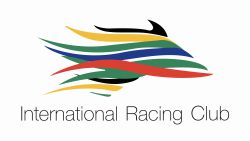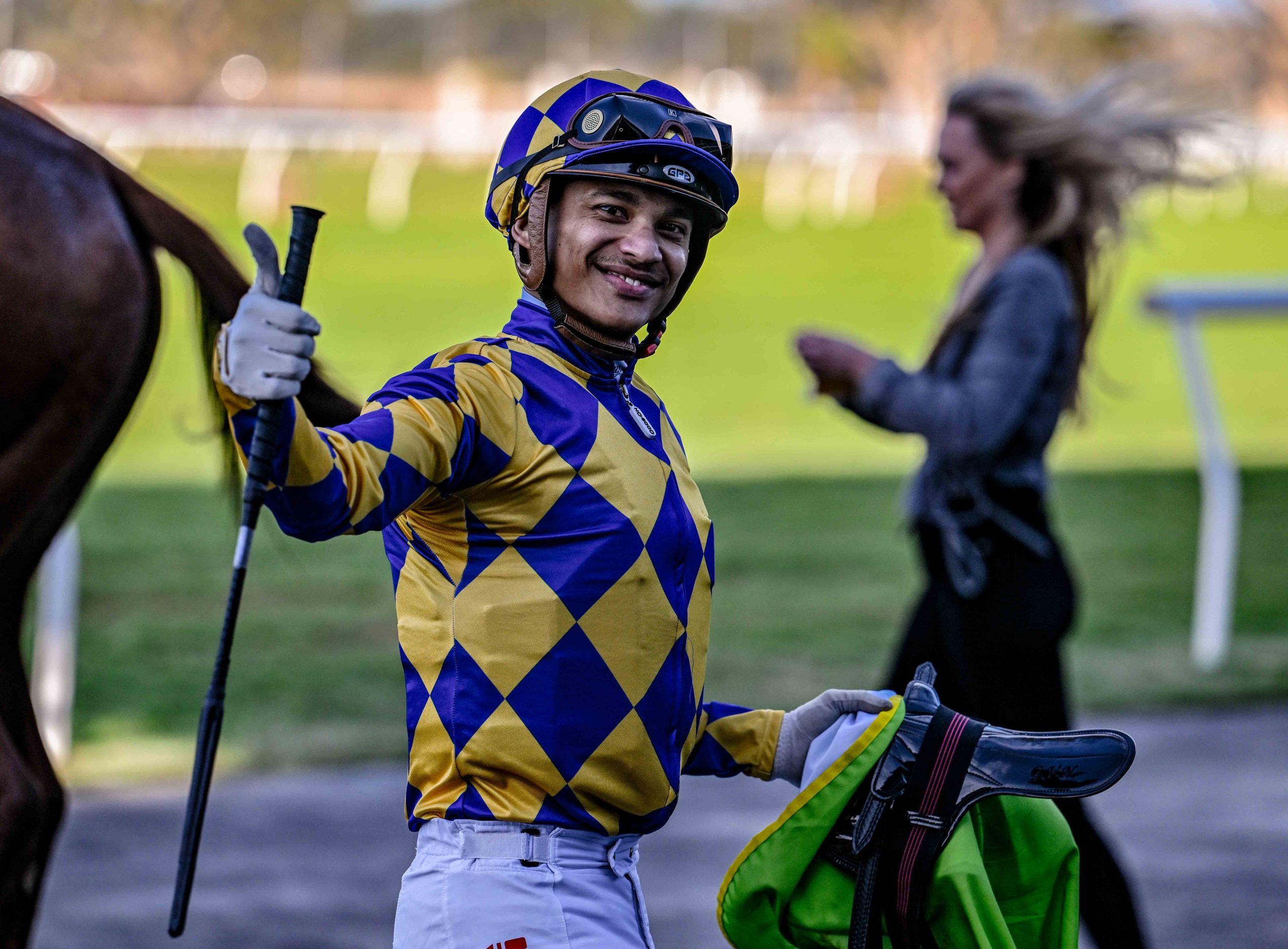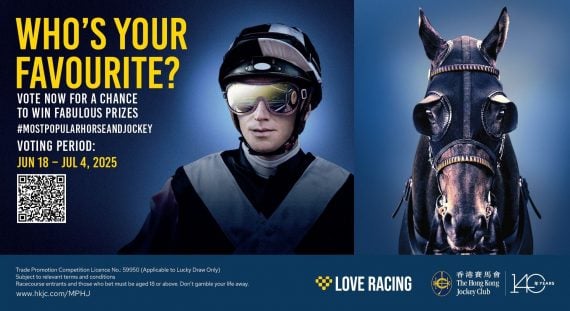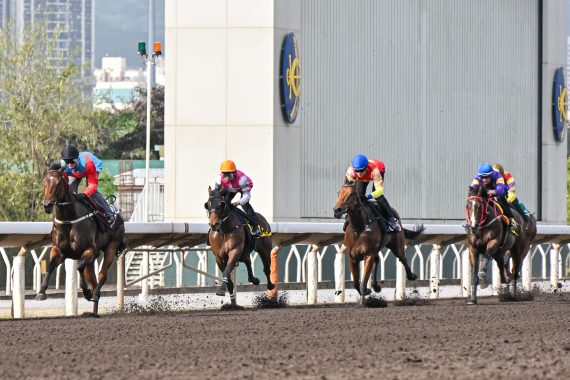As an owner and one-time breeder and trainer of more than 30 years, I continue to invest heavily in the Racing Industry because of my love for the sport.
Adam Kethro writes in the Sporting Post Mailbag that the proposed resolution to reconstitute the NHRA Board is thought-provoking and warrants serious consideration and comment.

This has been done by my friend and racing partner Michael de Haast of the International Racing Club in his excellent letter in which he proposes a Dual Board Management by creating a Supervisory Board.
Ed – see Michael de Haast’s / IRC letter below this mailbag
The proposed resolution for consideration at the SGM is unacceptable and will give rise to a conflict of interests in that the collection of vested interests wish to be policed, prosecuted and judged by themselves.
The British Racing Authority has tried what the proponent is advocating and has found it deeply flawed.
In my view, the dilemma can be resolved by the proposal made by Michael, which needs to be fleshed out.
May I suggest the following for consideration :
- The Supervisory Board “SB” will supervise the NHRA Board
- To avoid a cumbersome SB, the number of directors should not exceed 11, comprising the following- 1 person appointed by each of SANTA, SA Jockey Association, The Horse Racing Trust representing grooms, The Racing Association, the 3 Racing Operators ( a total of 5 directors) and six directors appointed by the nominations committee (NC) or to be elected by the members, but excluding any member of the above bodies.
- The need for six independent directors is to ensure the critical principle of impartiality. i.e. overarching control must not lie with the stakeholders.
- The SB can remove a director of the NHRA, providing no less than a 70% support for such removal/s.
- On the retirement of the chairperson of the NHRA, such person will become a director of the SB subject to clause two above.
- The chairperson and CEO of the NHRA will be entitled to attend board meetings of the SB in an ex officio capacity.
- The Chairperson or substitute plus a director of the Supervisory Board are entitled to attend all NHRA board meetings on an ex-officio basis.
- All directors of the SB are to be remunerated on an approved disbursement basis on
In the best interests of racing in our country, there is a need to arrive at a compromised solution.
For this purpose, meetings must be held by representatives of the proponents with the board of the NHRA.
This will require a cessation of the bellicose attitude of some people and criticism of some individuals in the press, and for all the participant to display goodwill.
Ed – we carry the full text of the IRC newsletter referred to by Mr Kethro, below:

In looking for constructive solutions to the problems facing South African racing, we commend the efforts of The South African National Trainers Association (SANTA), responsible for the recent requisition to the National Horseracing Authority (NHA) to call a Special General Meeting, writes the IRC’s co-founder MICHAEL DE HAAST.
We’d like to add a few thoughts and suggestions to the debate.
SANTA’s Chair, Tony Rivalland, points out that DTI has recognised and confirmed that Racing should remain a self-regulatory industry. At present, the Board of the NHA is about as undemocratic as one could possibly imagine.
The chief funders are the racing operators, contributing about 85% of the revenue required by the NHA to regulate and provide a service to the sport.
The balance of its funding is paid for by industry participants through licensing fees, administrative costs to owners, breeders, trainers, and jockeys etc., including revenue generated through exorbitant monetary punitive measures being presently adopted.
Currently, operators, owners and trainers do not have representation on the board, neither do jockeys or grooms.
The board is constructed at the command of a nominations committee made up of previous board members.
It is Imperative, therefore, that the present MOI is amended to ensure representation of all participants, which must include operator representation as they are the chief funders and responsible for driving the revenue streams required to maintain and grow the industry in line with normal commercial sustainability and growth objectives.
It must also provide for sufficient independent directors to give appropriate balance between participants and a good measure of independent corporate governance.
The request, facilitated by SANTA, to convene a SGM of members to address these anomalies, and ensure changes are passed to return this august institution to become a symbol of prosperity and integrity for the racing industry, can only be achieved through broad industry participation.
A newly constituted board representative of the entire industry can revisit matters articulated above and ensure impartiality and affordability in the regulation of this noble sport.
We fully support the idea of changing the structure and make-up of the Board of the NHA to be more inclusive of the role players within the industry, but it seems from the outset, to be a very challenging proposition!
The role of NHA is to be the regulator of our sport and while we all acknowledge that this role is not always done with the best interests of all the stakeholders at heart, it is imperative that the process of the composition of the Board is fully impartial and that those elected to the Board are fully impartial too!
When you allow the stake holders you are regulating to be involved in the decision-making processes, you get a clear conflict of interests, which means you are not really finding a solution that works for all.
This statement and thought process will probably cause anger and resentment from those trying to drive change. However, if we think about it carefully and objectively, it certainly has merit.
In making this assertion we are not saying that each stakeholder does not have a role to play in the way that the regulator goes about its business. We certainly need to have an environment that allows for the NHA to encourage and foster best practises by engaging with all stakeholders through regular collaboration, education, and fair regulatory control; not by relentlessly wielding the big stick as this not only negatively impacts on the integrity of these participants but also on the industry as a whole.
Maybe we need to look at this in a different way in which I’d like to use, as a reference, the German model of a Two-Tiered or so-called Dual Board Approach to governance.
To place the two-tier board structure in a broader international context: A number of countries other than Germany mandate this structure for their publicly listed companies or permit adoption of a two-tier board.
There are substantial differences among the various national two-tier board systems. However, additionally to splitting management and oversight (a goal shared with unitary board structures), a common goal of two-tier boards is to bring representation of the various stakeholders in the company (other than its shareholders) into the company’s corporate governance.
Those stakeholders include shareholders, employees, labour unions, business partners etc.
The structure requires a Board of Management to run the daily affairs of the corporation and another, separate Board of Supervisors to hold management accountable and to protect the interests of stakeholders.
It is our view that change is long overdue in order to grow, foster and develop our industry into a world leader that creates an environment to Champion the Heroes of our sport with Entertainment at the forefront of our Purpose and Mission Statement.
However, without a structure that works for all Stakeholders, these goals and aspirations seem unachievable!









